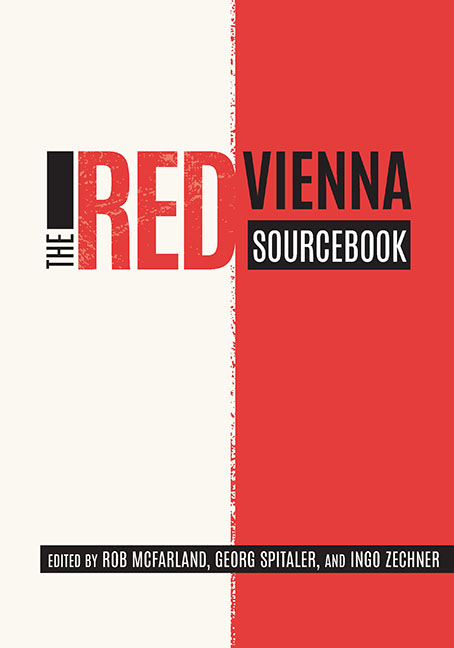Book contents
- Frontmatter
- Contents
- Acknowledgments
- Permissions and Credits
- A Note on the Structure of This Book
- Introduction
- Part I Foundations
- Part II Philosophies
- Part III Identities
- Part IV New Values
- Part V Social Engineering
- Part VI Vitality
- Part VII Housing
- Part VIII Cultural Politics
- Part IX Mass Media
- Part X Exchange
- Part XI Reaction
- Part XII Power
- Chronology
- References
- Contributors
- Index of Subjects
- Index of Persons
Chapter 21 - Architecture
Published online by Cambridge University Press: 23 October 2020
- Frontmatter
- Contents
- Acknowledgments
- Permissions and Credits
- A Note on the Structure of This Book
- Introduction
- Part I Foundations
- Part II Philosophies
- Part III Identities
- Part IV New Values
- Part V Social Engineering
- Part VI Vitality
- Part VII Housing
- Part VIII Cultural Politics
- Part IX Mass Media
- Part X Exchange
- Part XI Reaction
- Part XII Power
- Chronology
- References
- Contributors
- Index of Subjects
- Index of Persons
Summary
OF ALL THE SOCIOPOLITICAL MEASURES undertaken in Red Vienna, possibly the most ambitious was the city's architectural transformation. It was surely the most visible. Within the short span of just over a decade, almost sixty-four thousand apartments in nearly four hundred municipal housing complexes, about two thousand business premises, over five thousand lots for settler homes, as well as a large number of community buildings—kindergartens, schools, public baths, sport facilities, health clinics, libraries, artist studios, and so on—were designed, built, and opened for public use. In response to the dramatic housing shortage that had existed in Vienna for decades, the Vienna Municipal Council launched a building offensive in 1919. It was initially rather modest in scale, but in 1923 a long-term comprehensive building program was implemented to generate modern and inexpensive housing. This impressive project was accompanied by broad media coverage in newspaper articles, illustrated commemorative publications, brochures, and annual statistical reports, in which the city government regularly informed its citizens about the rapid progress of the highly ambitious undertaking—a large-scale planning project that was to have a profound impact on the appearance of Vienna.
Nonetheless, what appears in retrospect to have been an unprecedented success story of modern residential construction was at the outset marked by differing political, ideological, and not least architectural viewpoints. Although city officials agreed that effective measures were needed to relieve the unsound living conditions in the city, there were widely divergent opinions on how best to implement this plan. In particular, the Christian Social Party, whose ranks included many building owners, was put off by taxes being specially introduced to finance the project, above all the tax earmarked for housing construction, as well as by the strict tenant protection laws that had been in force since the war. Moreover, they considered the construction of municipal tenant housing an attack on the principle of private property and envisioned collective buildings, as supported by the city, to be heralding a revolutionary and ultimately Bolshevist lifestyle.
There was also disagreement among the nearly two hundred architects who had been commissioned by the city administration for the project. Their ideas about what constituted a modern residence differed substantially. On one side were the supporters of the settler movement, who were pushing for the construction of row houses on the outskirts of the city.
- Type
- Chapter
- Information
- The Red Vienna Sourcebook , pp. 405 - 424Publisher: Boydell & BrewerPrint publication year: 2019



